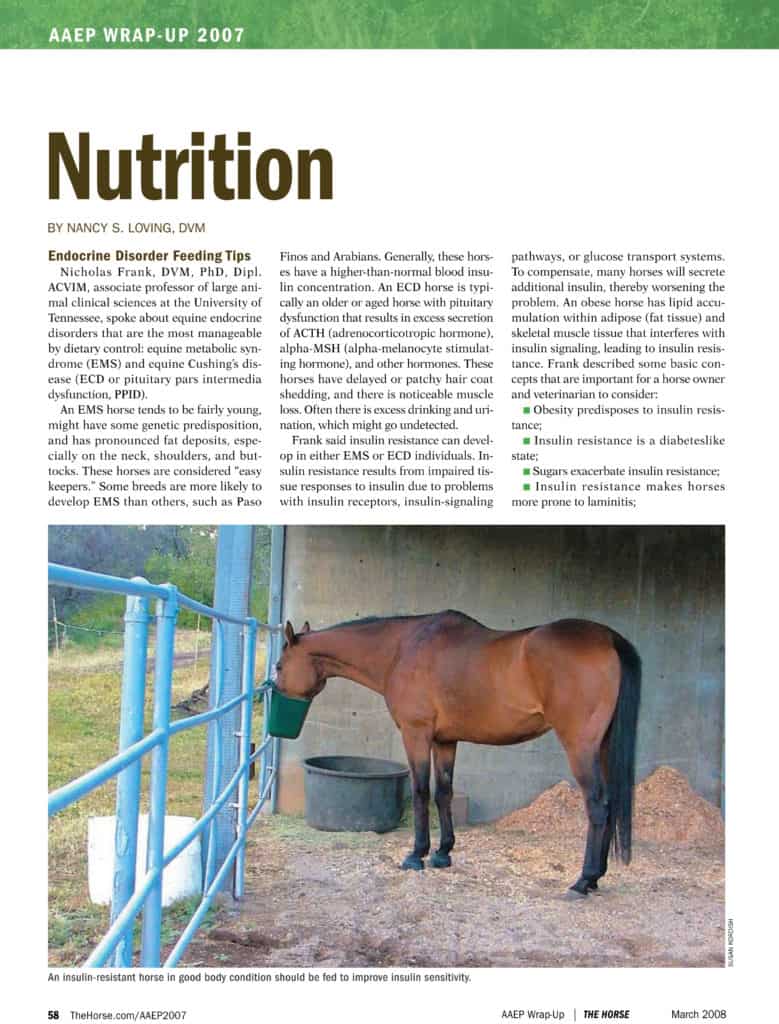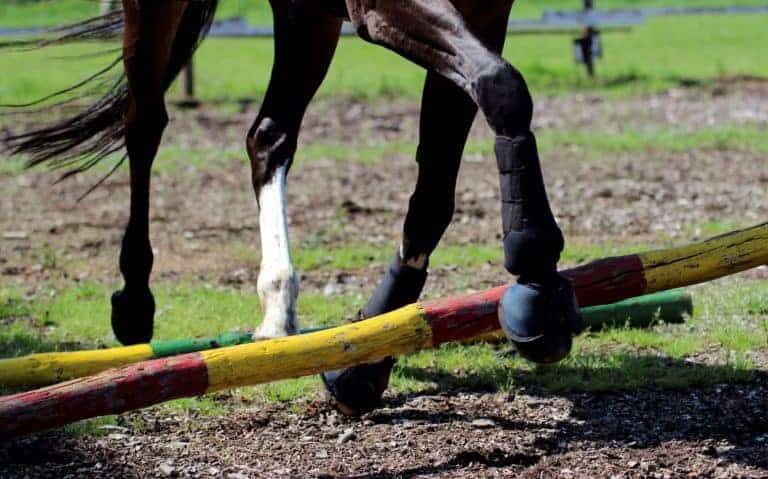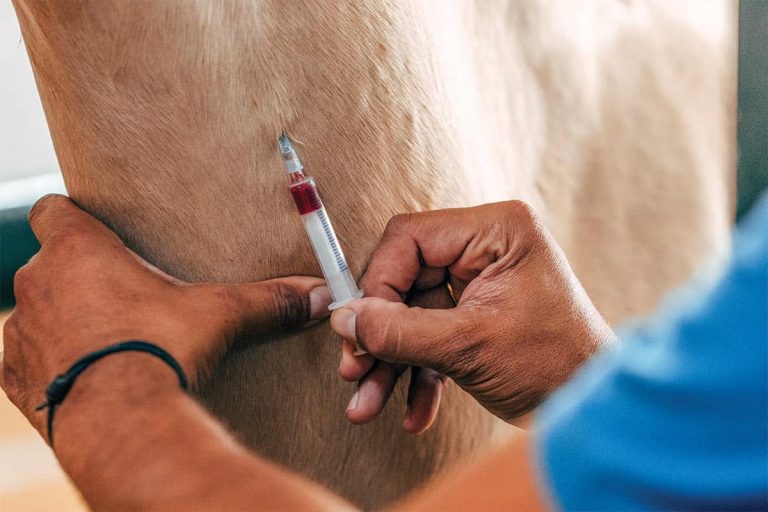100 Horses Dead at Embryo Transfer Farm; Botulism Suspected
Around 100 horses have died at EquiTransfer, a Marion County, Fla., embryo transfer farm. Veterinary officials say that botulism from haylage might be to blame.
EquiTransfer is owned by veterinarians Jose D?vila, DVM, and his wife, Francis
















